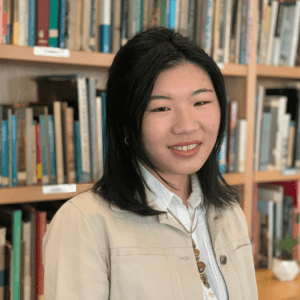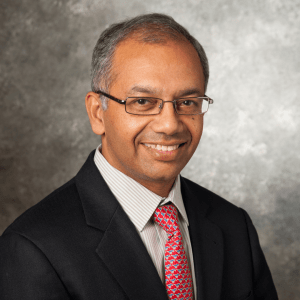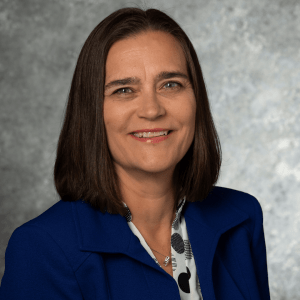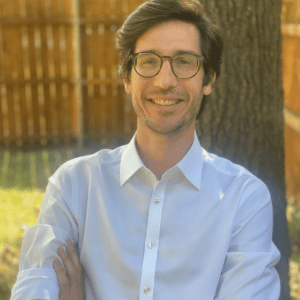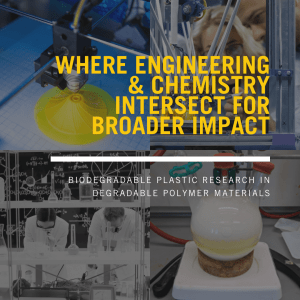At a very basic level, blockchains are shared databases that store and
verify information in a cryptographically secure way. It is monitored
and organized by a peer-to-peer blockchain network, which also serves
as a secure ledger of transactions, e.g., buying, selling, and transferring.
One can think of a blockchain as a Google spreadsheet, except that
instead of being hosted on Google’s servers, blockchains are
maintained by a network of computers all over the world. These
computers (sometimes called miners or validators) are responsible for
storing their own copies of the database, adding and verifying new
entries, and securing the database against hackers.
A cryptocurrency is an encrypted data string that denotes a unit of
currency.
Crypto, as we know it today, has a significant environmental impact,
but it’s hard to measure exactly how significant. Many frequently cited
statistics come from industry groups, and it’s hard to find trustworthy,
independent data and analysis.
In these essays, Varsha Appaji, a 2021 SMU graduate, and a Research
Associate at the Federal Reserve Bank of San Francisco -and a former
student Research Analyst in the Hunt Institute- looks at the impact of
blockchain technology and its impact on major issues facing society
for better and for worse.
. . .
Self-sovereign identity refers to the direct control of your own personal information. Through blockchain’s use of cryptography, a pair of keys are created so that users can access their data on the blockchain. This pair is made of a public and a private key, making it possible to encrypt data in a way that only the individual with the private key can read it. This way, an individual can control just how much of and with whom their information is shared, while still keeping their ability to interact with others through the widely distributed public keys.
With blockchain, we can potentially enable self-sovereign identity and data integrity in a way that is immutable and verifiable, where personal data can be transparent but still individually controlled. Right now, digital personal data is so spread out through isolated data systems that it is impossible to track down every way in which our personal information is vulnerable to hacking or identity theft. Blockchain could give us control over our data again by forcing personal data security and accountability.
Right now, in order to prove your identity, governments and businesses alike will often need, at the very least, your government-issued ID. To apply for a driver’s license in the United States, most states also require documentation of Social Security and two documents of proof of residency. Each additional hurdle makes the process more verifiable, but also more difficult and exclusive to already-vulnerable populations such as refugees or the homeless.
An example of this complicated identity process from Accenture is:
“One perfect example of the complexities and sensitivities involved would be the birth of a child. Expectant parents have many interactions and touch points along their journey, from routine trips to the doctor to monitor the pregnancy, to hospital visits and prenatal services, all the way up to the birth itself and the subsequent creation of a brand-new identity for the baby.
In the traditional, siloed approach, there are new forms to fill out at every turn: when you register the child, when you apply for family benefits or when you sign up for daycare services. That data then vanishes into systems that are beyond your control. A solution capable of integrating all that data instantly and providing access on a case-by-case, need-to-know basis would provide benefits to parents, hospitals, government agencies, health insurance companies and daycare centers alike. And blockchain proved uniquely capable of providing such a solution.”
In order for blockchain identity management to work, governments will need to work together with businesses and individuals to ensure that users and giving informed consent to their personal, and even biometric, data being stored on the blockchain ledger. With their identity data on the blockchain, individuals would have much greater control over their personal information. We could be allowed to present the minimal documents or personal data in order for a business to identify us and verify that we are who we say we are, and this would allow for fewer direct threats to our digital identities.
Present Barriers
For now, though, this idea is still mostly out-of-reach as bureaucracies have little incentive to overhaul their technology and the public is still building their trust in the blockchain. Security issues still leave the system imperfectly defended from hackers.
We also need to remember that blockchain is a system that allows strangers, basically, to reliably exchange real data.
According to Steve Wilson from Constellation Research, ”it’s simply illogical to think such a mechanism could have anything to offer identity… The public blockchains deliberately and proudly shirk third parties, but in most cases, your identity is nothing without a third party who vouches for you in some way. Blockchain is great for some things, but it’s not magic, and it just wasn’t designed for the IDM [identity management] problem space.”
“The trouble with this idea is that a universal ID poses risks to privacy and hence [could] encounter significant political opposition.” -TechCrunch
For a video overview of blockchain, watch “Blockchain Applications for Social Impact” here.
Written by Varsha Appaji ’21
Edited by Chris Kelley
To read more about the Hunt Institute’s work to develop future-focused solutions to some of the world’s biggest problems, please click here. For the latest news on the Hunt Institute, follow our social media accounts on LinkedIn. We invite you to listen to our Podcast called Sages & Seekers. If you are considering engaging with the Institute, you can donate, or sign-up for our newsletter by emailing huntinstitute@smu.edu.






